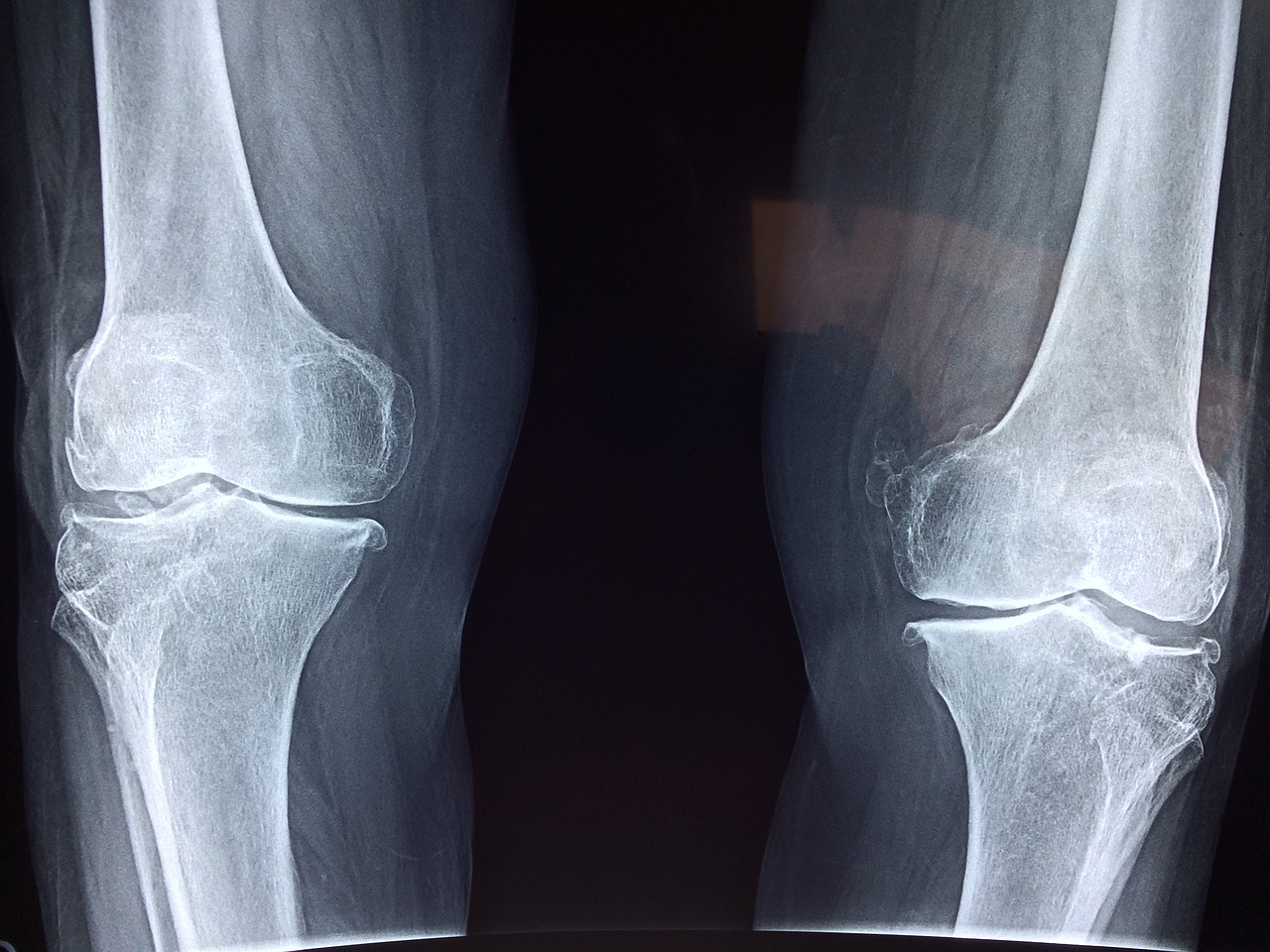Article Title:Using experimental studies of recent faecal material to examine hyaena coprolites from the West Runton freshwater bed, Norfolk, UK
Abstract:
Coprolites (fossilized droppings) found during the excavation of the West Runton Elephant in 1992 and 1995 were studied and attributed to the spotted hyaena (Crocuta crocuta) on the basis of their distinctive morphology and content. Recent droppings of captive spotted hyaenas were compared with the coprolites in terms of size, morphology and content and were used in simple laboratory experiments devised to improve understanding of their behaviour in depositional environments generally and their mode of burial at this locality specifically. The coprolites are 22-32% larger than the recent droppings, consistent with the interpretation that the European spotted hyaenas of the Cromerian Interglacial were larger than modern African equivalents. The fresh spotted hyaena droppings are hard and durable, sing rapidly through water and are able to withstand considerable trampling into sediment whilst maintaining a coherent form. The droppings have a high threshold entrainment velocity in water, far higher than that for silt or fine sand and consequently it is unlikely that the West Runton coprolites were transported to the site with the host sediment. This suggests three possible histories of deposition. (1) The droppings were deposited around the elephant skeleton (possibly by the same animals which caused damage to the skeleton) and the fine sediment was then washed in around them. (2) They were deposited by hyaenas while fine sediment was being deposited. (3) They were deposited after the sediment was deposited and then they were subjected to faunal disturbance by trampling and scattering. This approach studying the behaviour of, in this case, modern fresh droppings in experimental situations to answer specific questions may be of use in investigating other sites with similar natural depositional settings, not necessarily involving faecal material.
Keywords: coprolites; hyaena; crocuta; droppings; Pleistocene; West Runton; freshwater bed
DOI: 10.1006/jasc.1999.0437
Source:JOURNAL OF ARCHAEOLOGICAL SCIENCE
Welcome to correct the error, please contact email: humanisticspider@gmail.com



